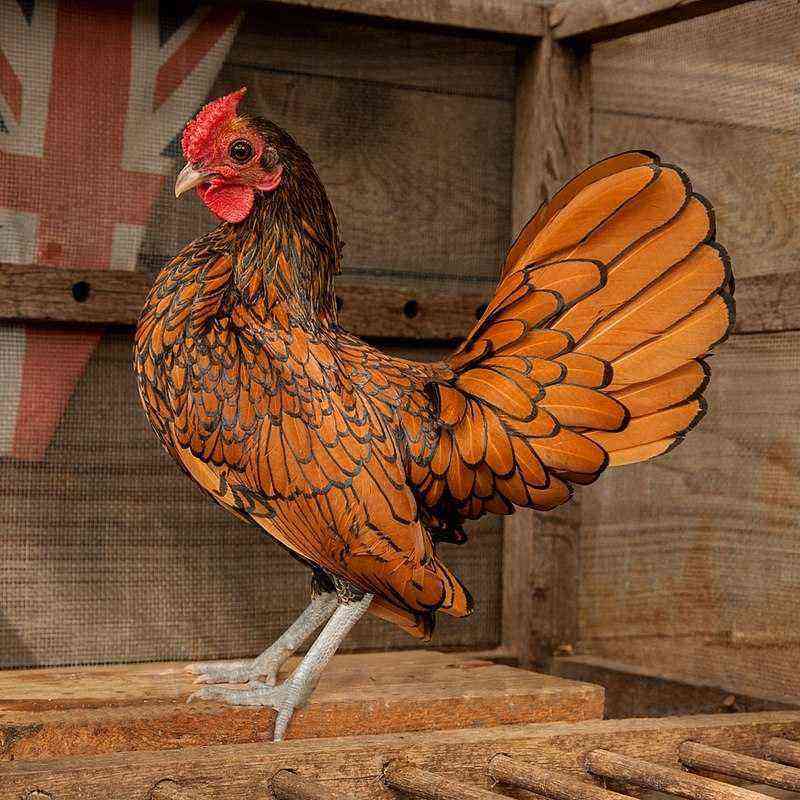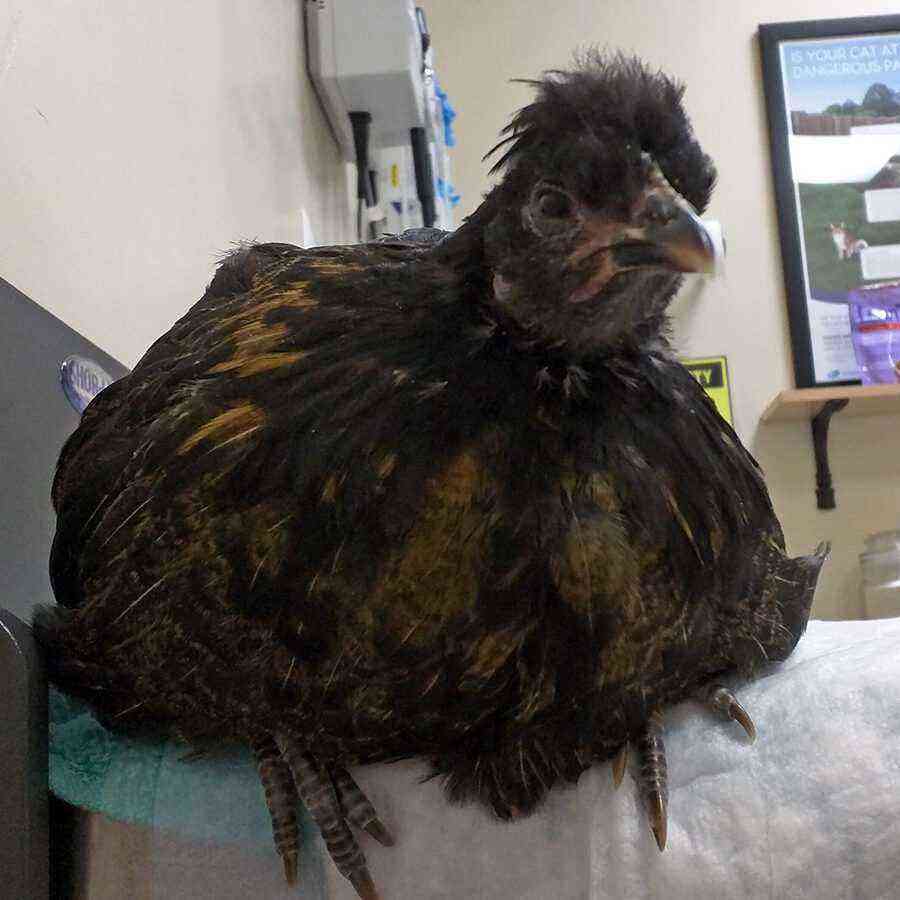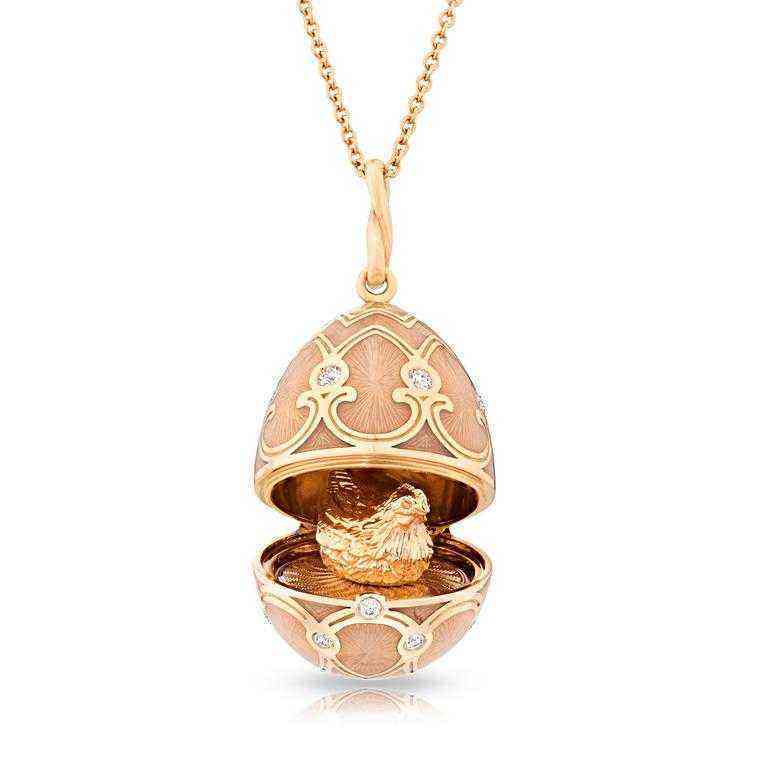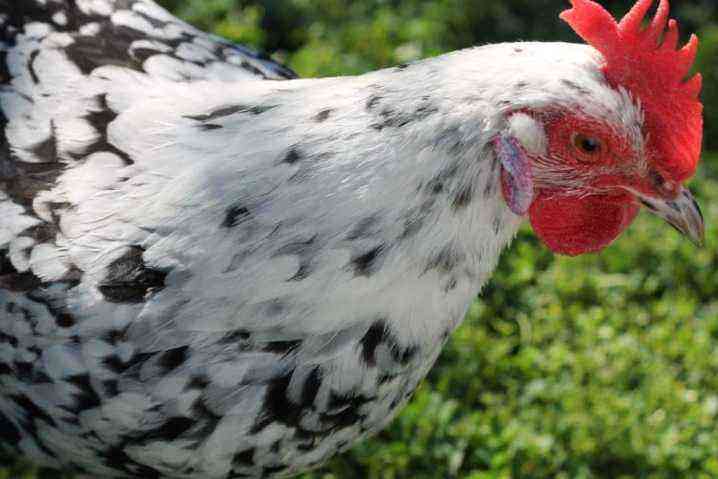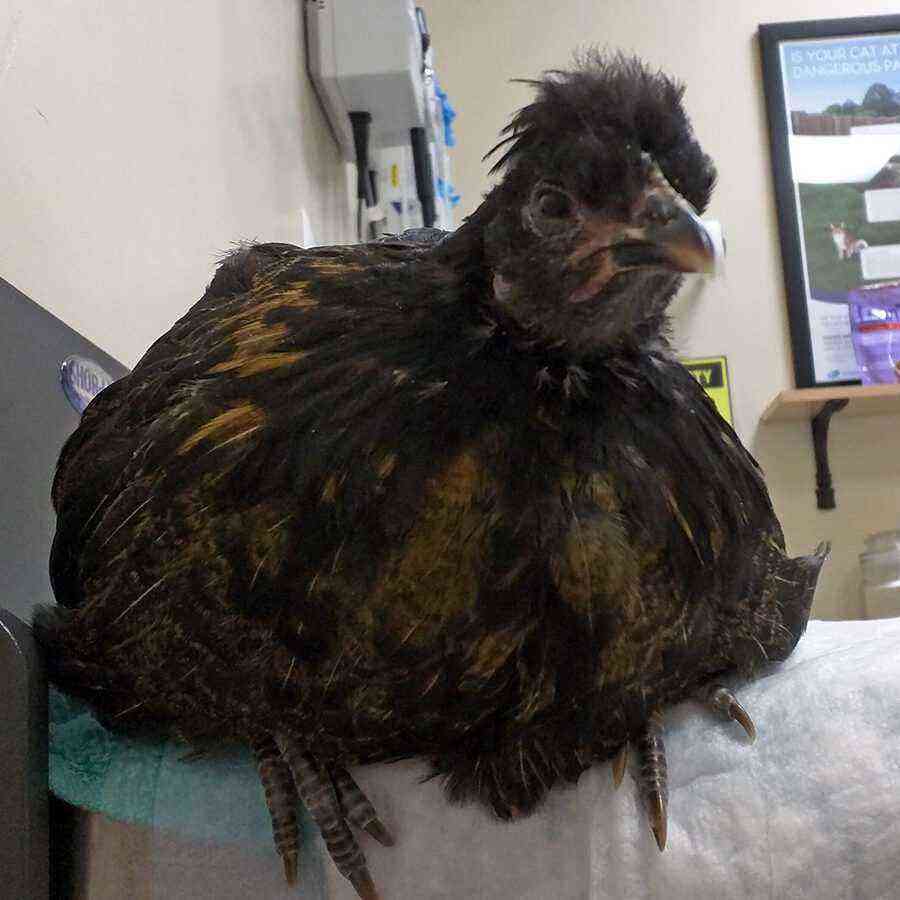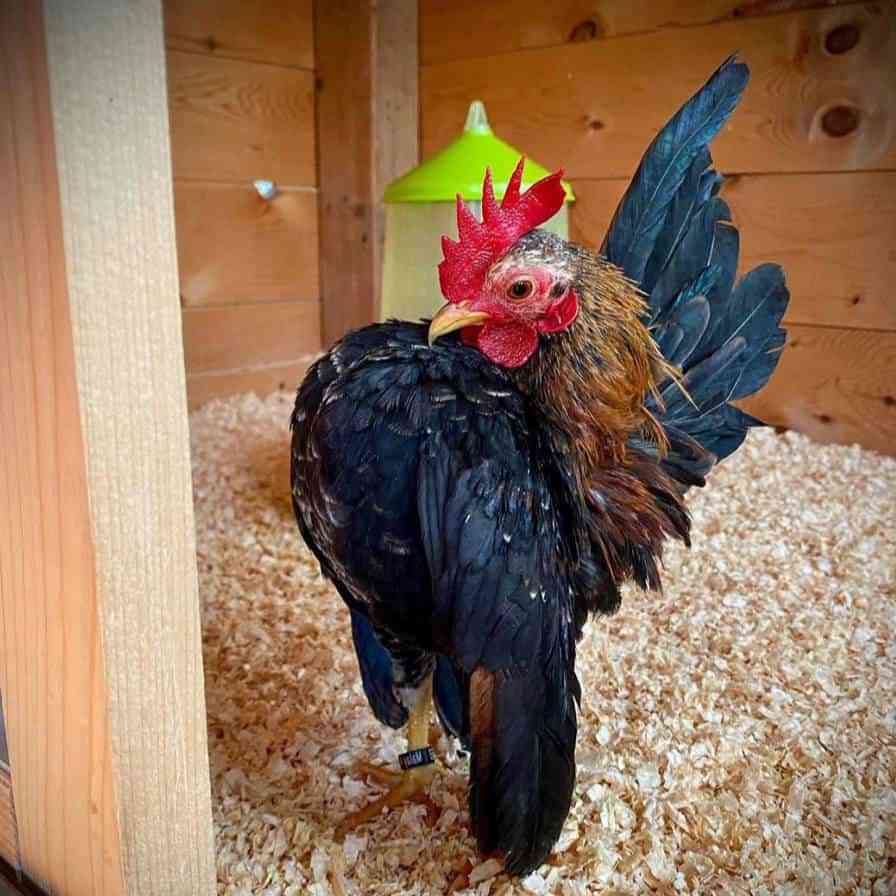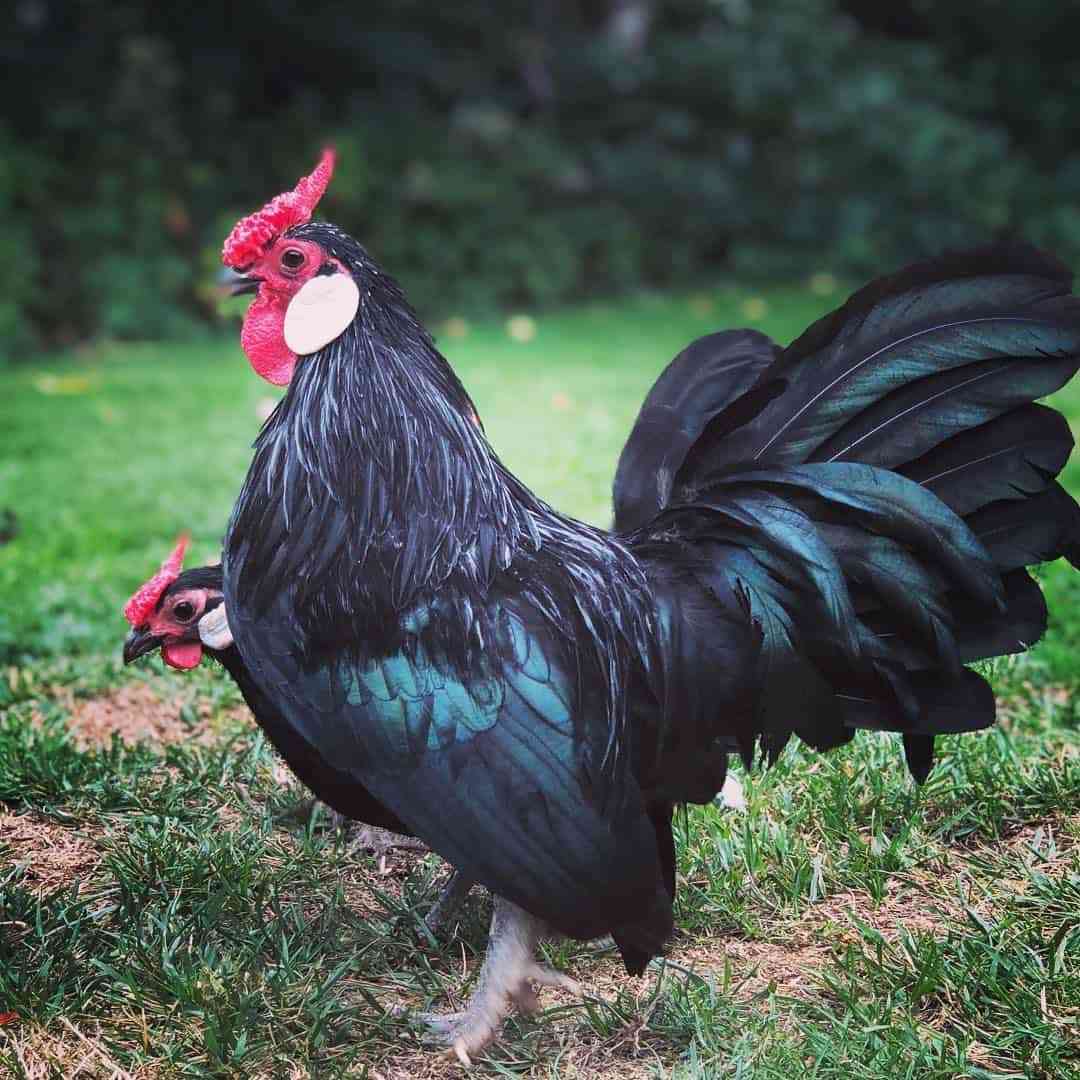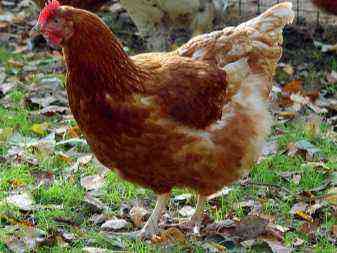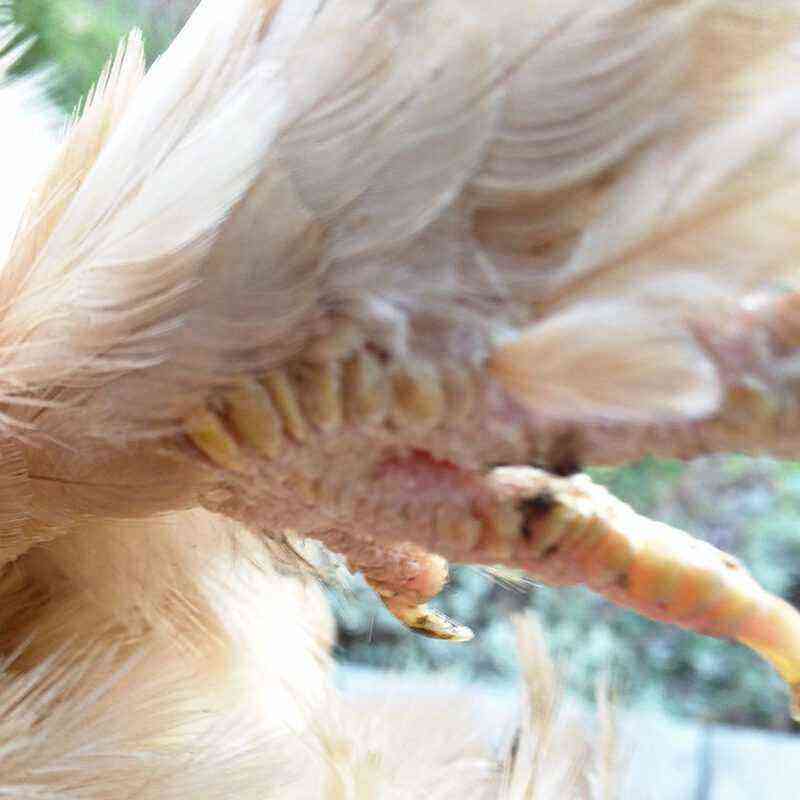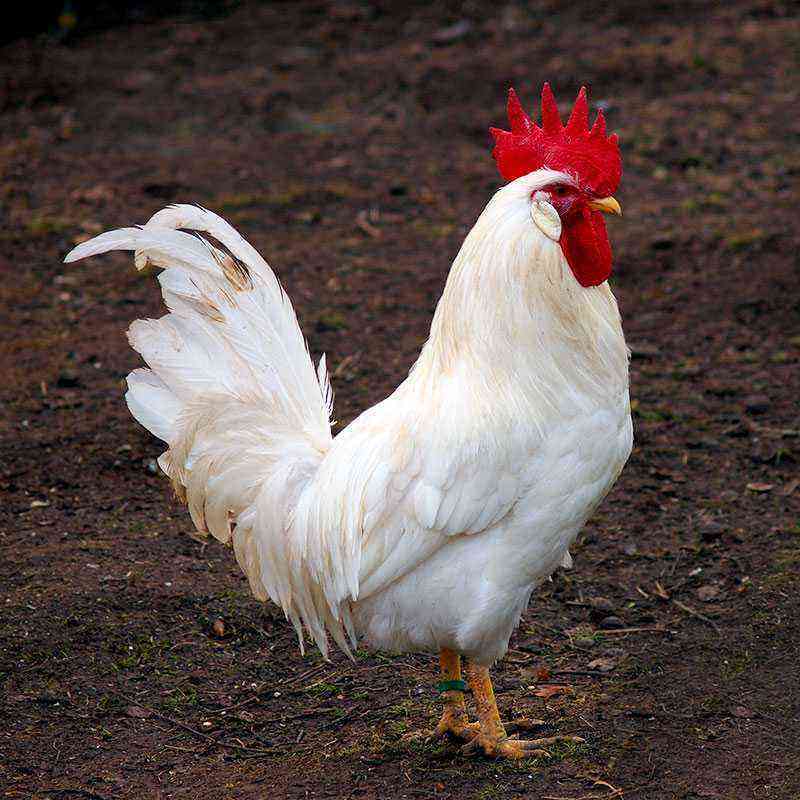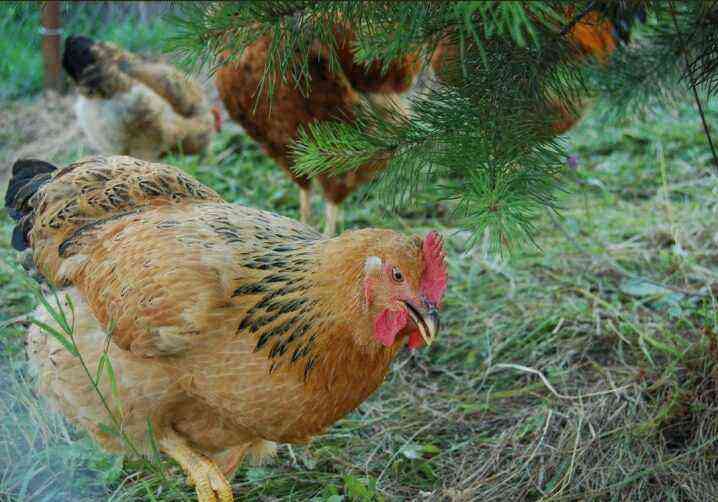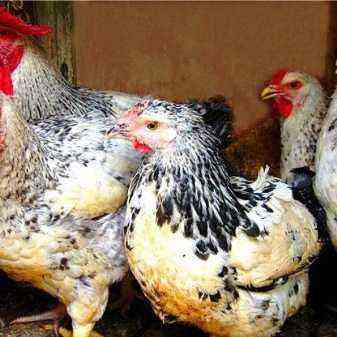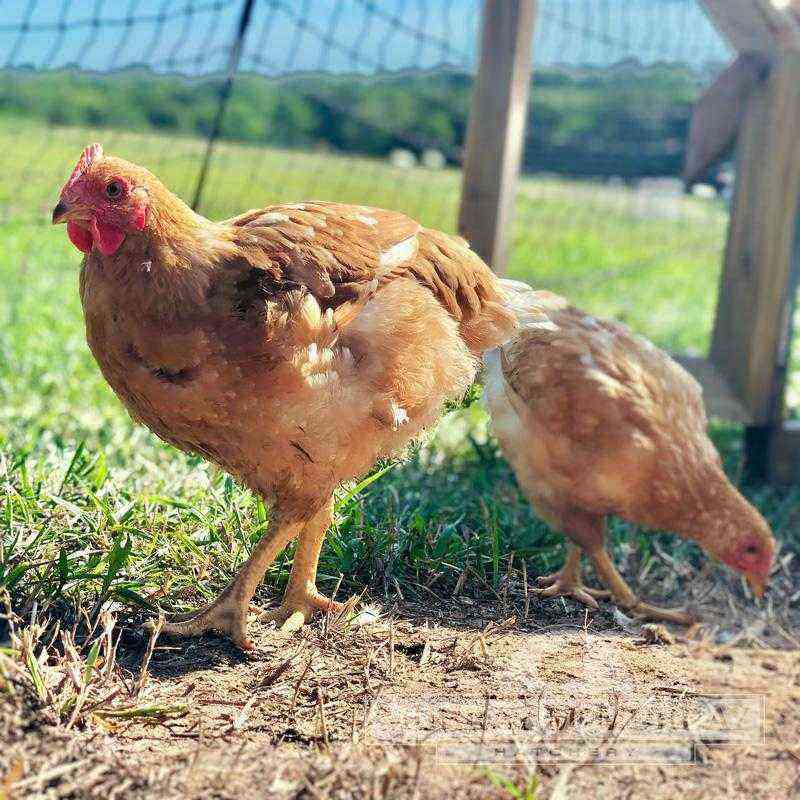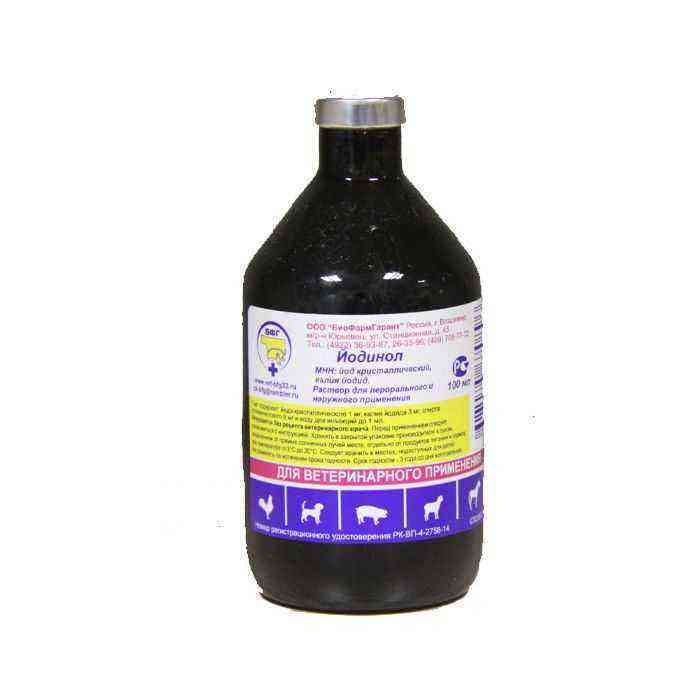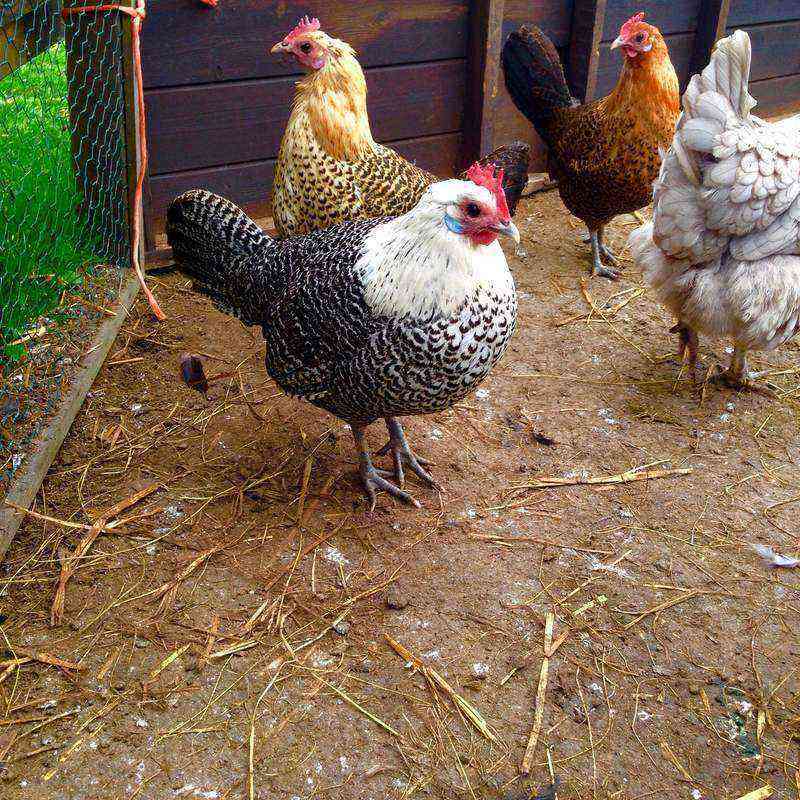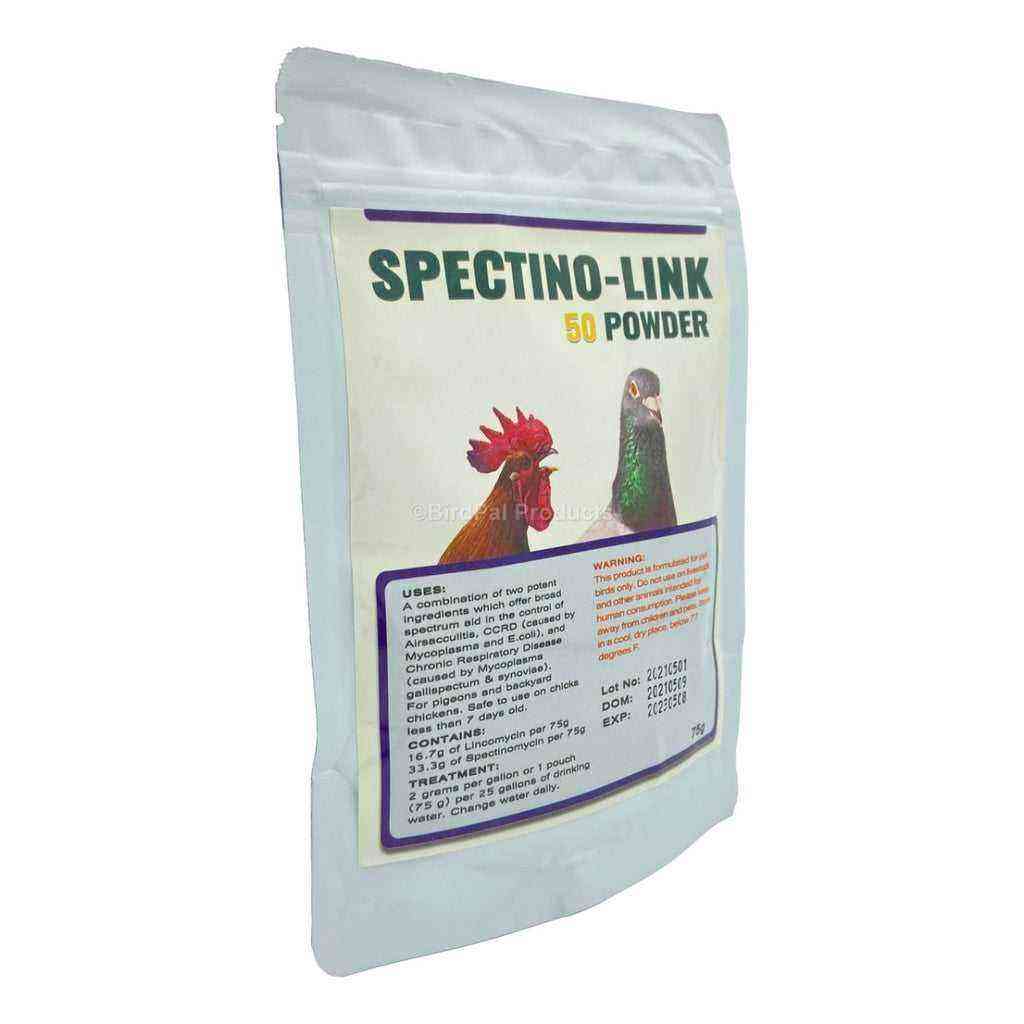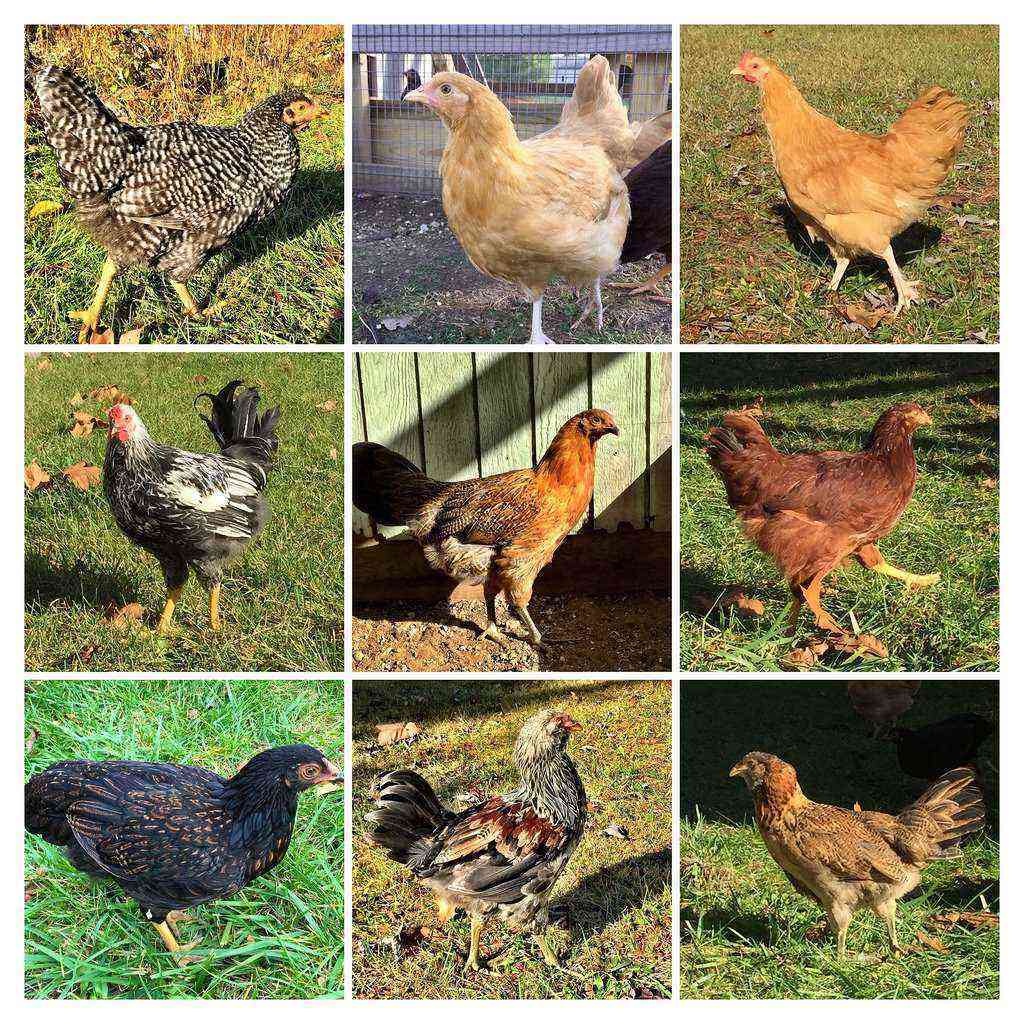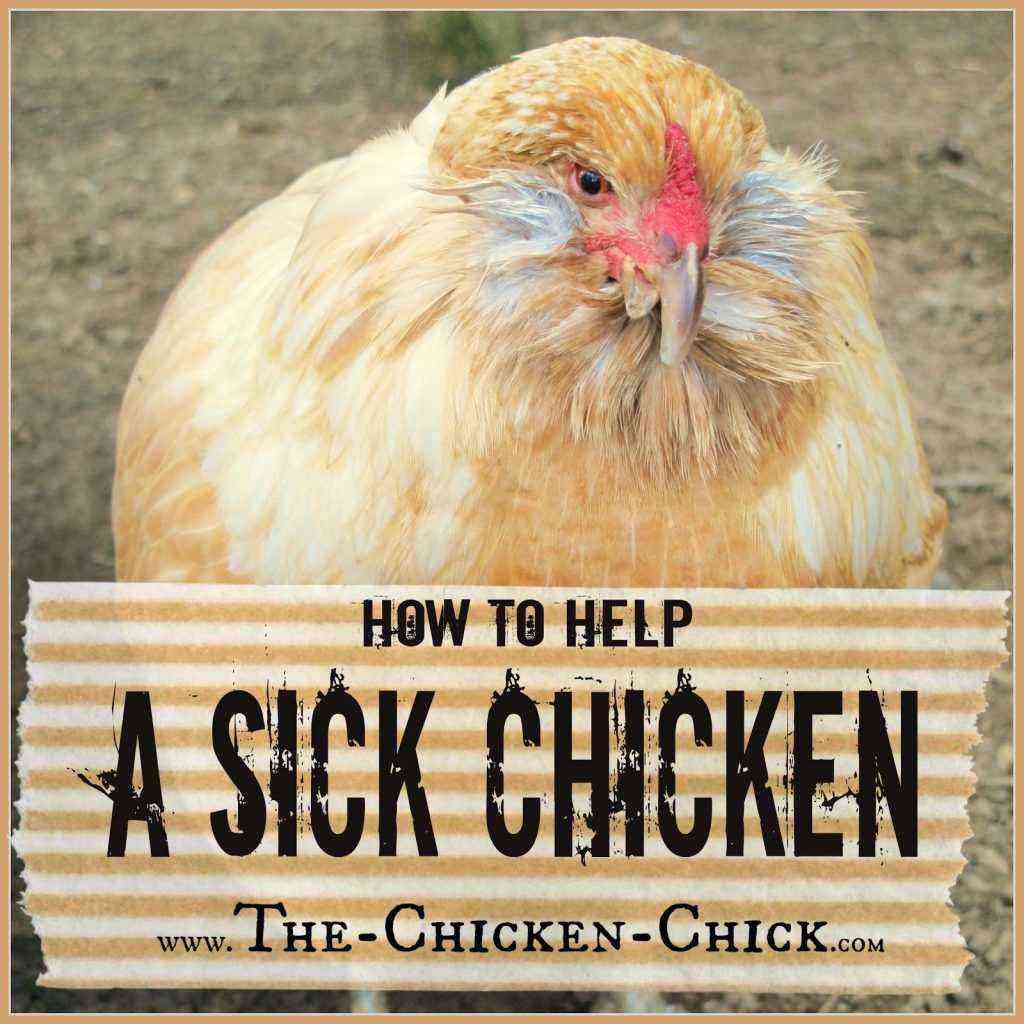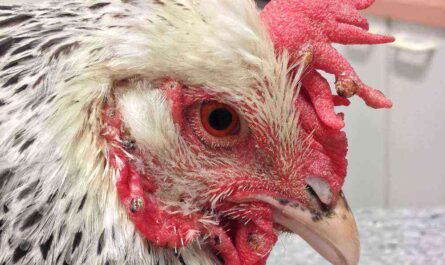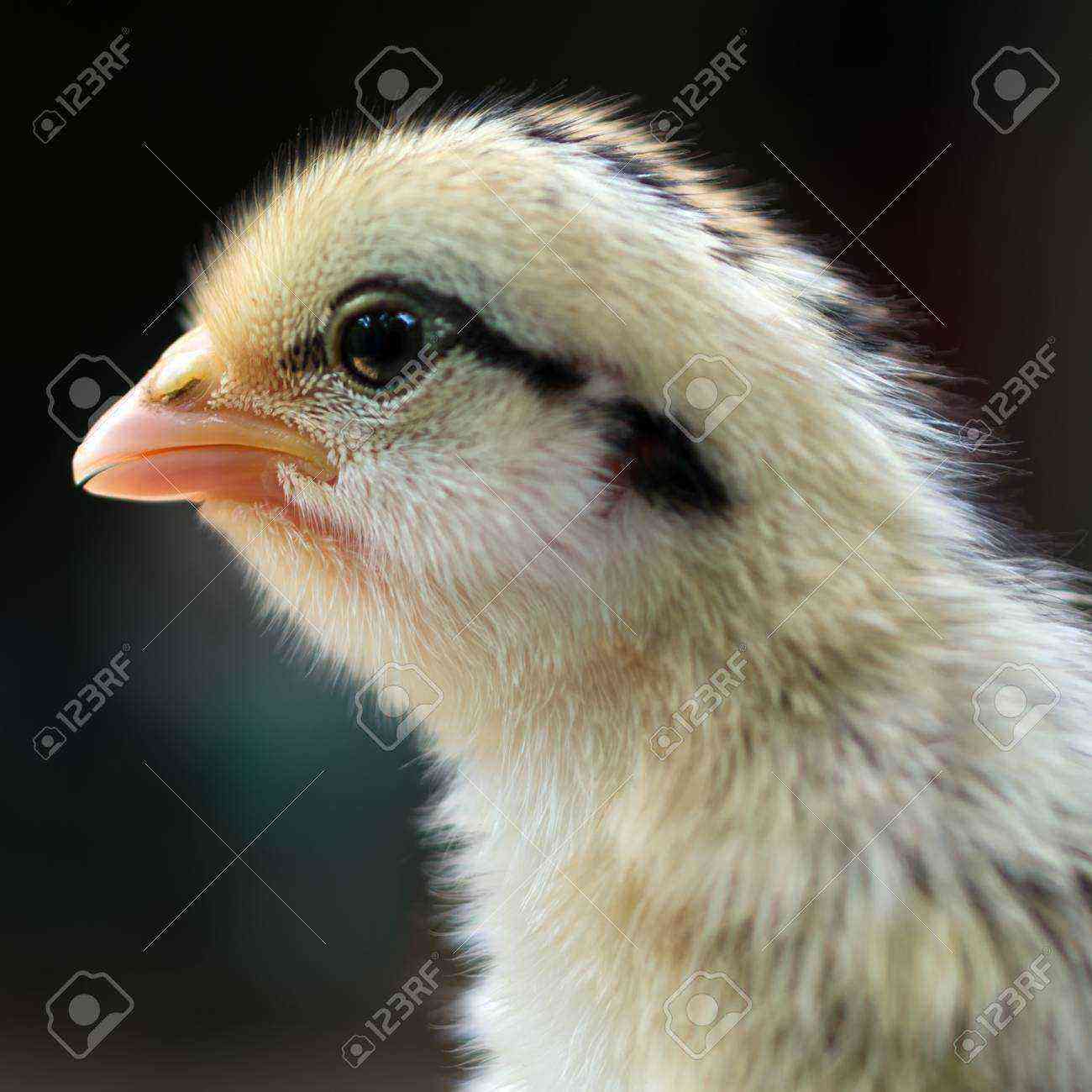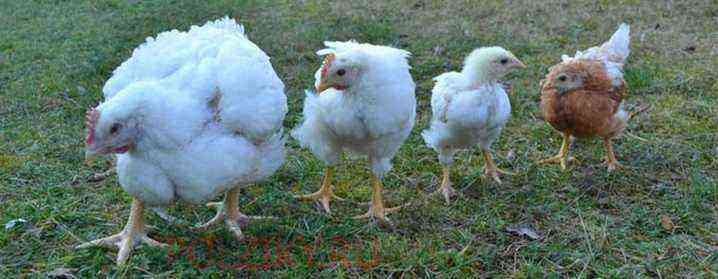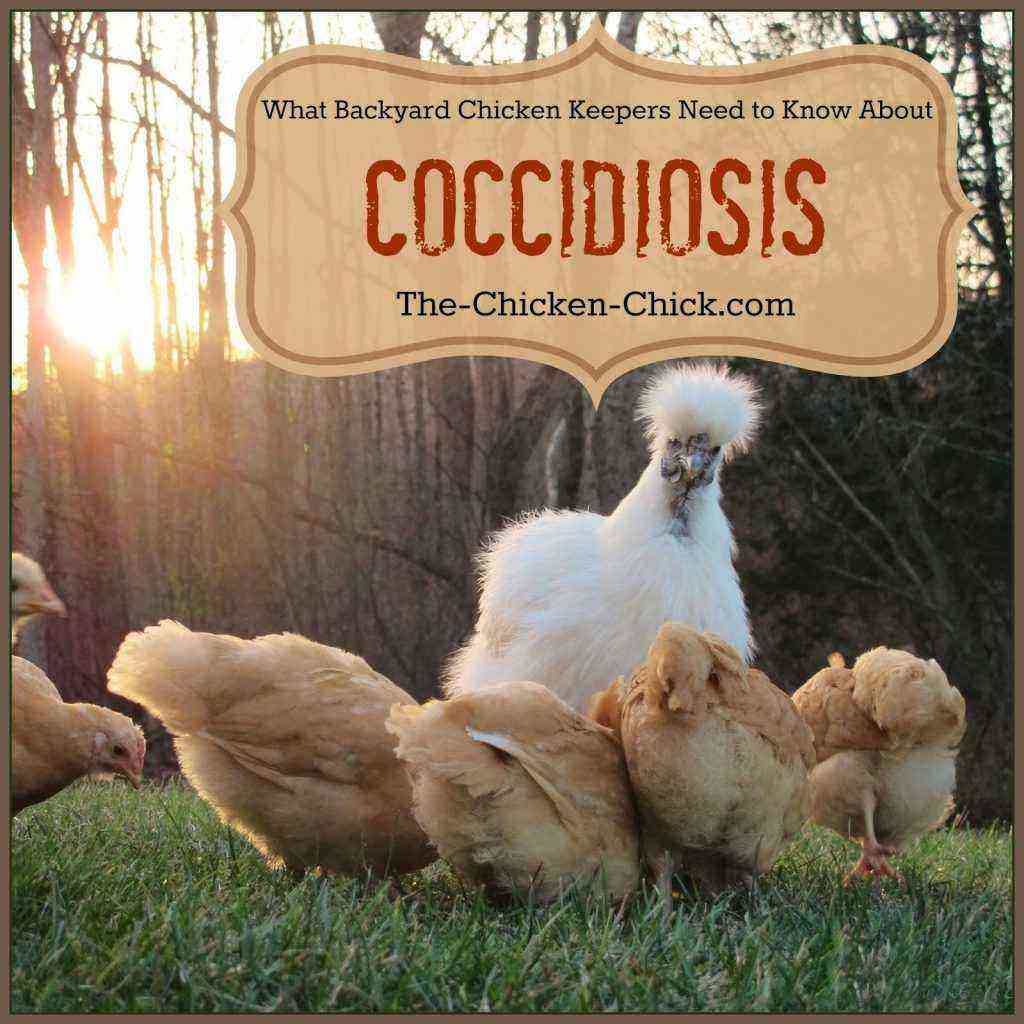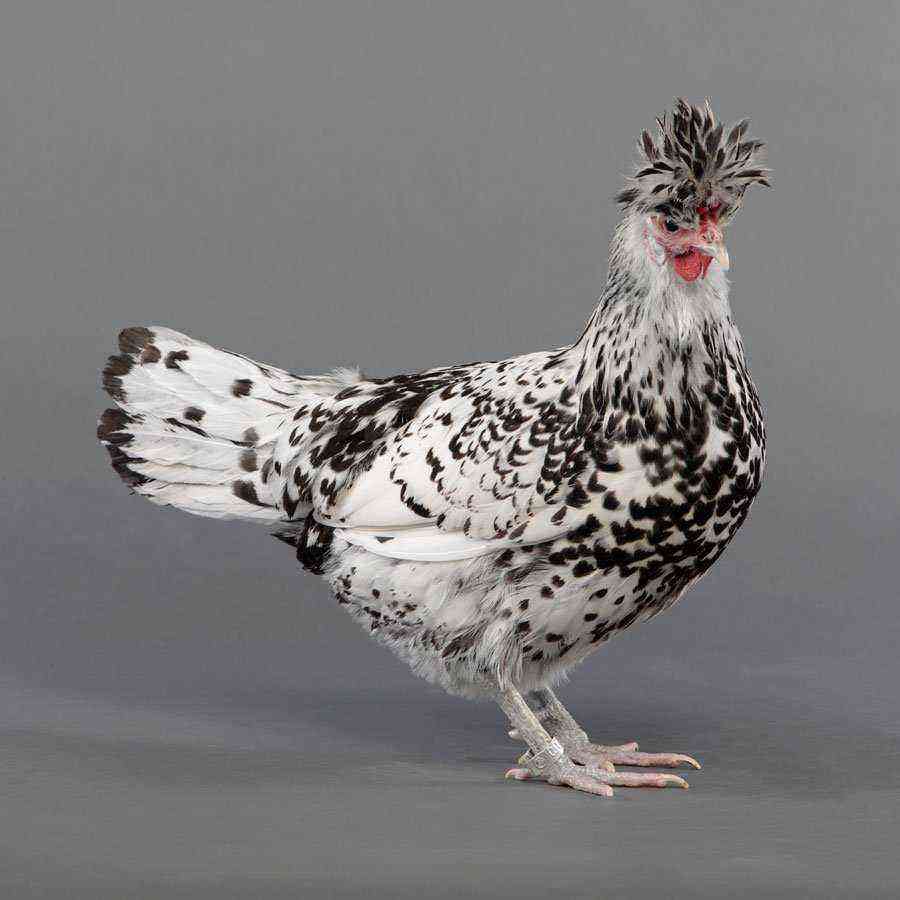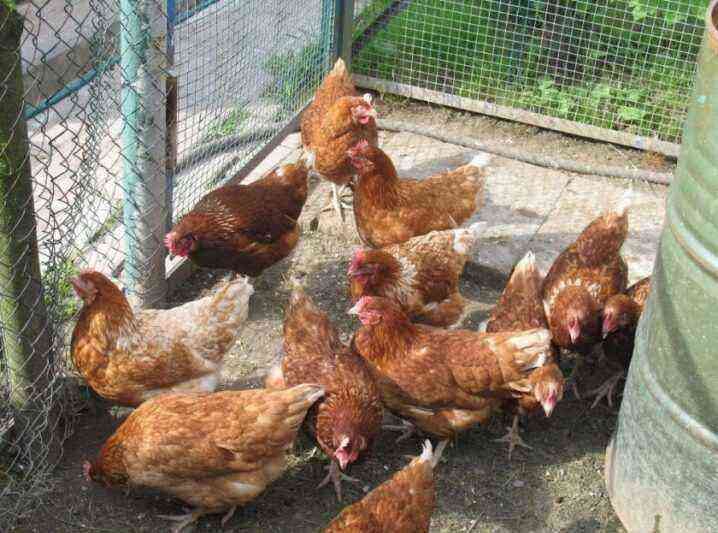Among the many viral diseases that chickens are susceptible to, coccidiosis is very dangerous. This is the most common disease in the poultry industry. The causative agents of infection penetrate the intestinal tract and exist there, multiply, causing great harm to the health of feathered pets. Parasites contribute to disruption of the digestive processes.
Poultry can become infected with coccidiosis through water or feed. Coccidia, entering the body of chickens, begin to actively multiply, while disrupting digestive functions and damaging the mucous membrane. Some parasites live in the small and large intestines. There are such pathogens that live not only in the body of chickens, but also in other birds, which are carriers of the virus. Chickens are most susceptible to infection.
Recognizing coccidiosis in poultry can be quite simple. It is characterized by a lack of appetite in feathered pets, ruffled feathers, light brown liquid litter, sometimes blood is observed in feces in chickens. Chickens swell and constantly retract their heads.
The disease can be chronic or acute. In the chronic course of the disease, birds lose weight significantly, become emaciated, and their egg production decreases. This form is observed, as a rule, in adults, and young animals older than four months. It is more difficult to determine the disease than in the acute form, since the symptoms are much less pronounced. Chickens generally do not die, but their productivity is significantly reduced.
The acute course of coccidiosis is more often observed in chickens. They stop eating, drink a lot, their feathers are very ruffled, coordination of movements is disturbed, and around the cloaca the feathers are stained with droppings mixed with blood. Death can occur within two days. The number of chicks may be reduced by 50-70%.
For the treatment of feathered pets, drugs created through chemical synthesis and ionophore antibiotics are used. The latter are not the most effective and best option. The most common coccidiostatics are avatec, chemcoccid-17, ardinone-25 and rigecostat. They can also be given to the bird along with antibiotics. You can also use sulfonamides, for example, norsulfazol.
Even if the chicken does not die from coccidiosis, this does not mean that the virus is no longer in her body. An ill individual becomes potentially dangerous for the rest of the livestock, as it is a parasite carrier.
Preventive measures to combat coccidiosis include vaccination of poultry. However, it is quite expensive, so not every poultry farmer can afford it. Another way to prevent the onset of the disease is to maintain order and cleanliness in the chicken coop and on the run, providing feathered pets with high-quality and complete food, rich in vitamins and minerals. You should also regularly disinfect the room, using several different solutions with different mechanisms of action.
